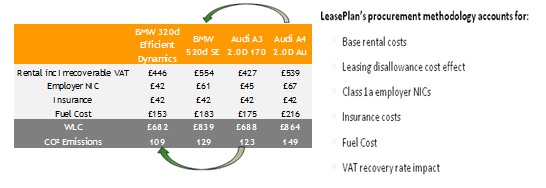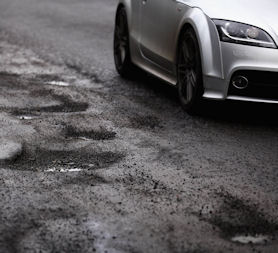 |
| Will a raised speed limit make any difference? Image Creds: LeasePlan |
But what (if any) impact will this change have upon fleet managers and drivers? The new limit is designed to reduce journey times and, for drivers that cover thousands of business miles each year, any reduction should come as a welcome relief. Despite this, the extent to which this increase in maximum speed will reduce journey times is up for debate; some of Britain’s most congested roads can be at near-standstill for almost 12 hours per day.
Fleet drivers should also consider the cost of driving faster. As highlighted in a previous post, travelling at 80mph uses around 10% more petrol than travelling at 70mph. With petrol prices remaining high, the increased usage could put further strain on already tight budgets.
Despite these concerns, it currently looks likely that this new limit will be introduced. As a result, driver training will become ever more important as business drivers will require the ability to handle both the increased speeds of their own vehicle, whilst compensating for the reaction times and high-speed manoeuvres of those on the roads around them.


















